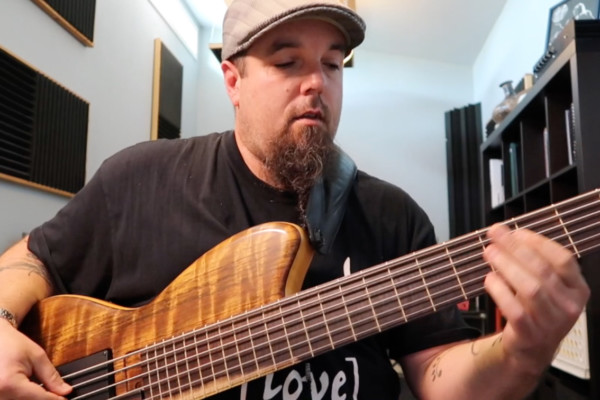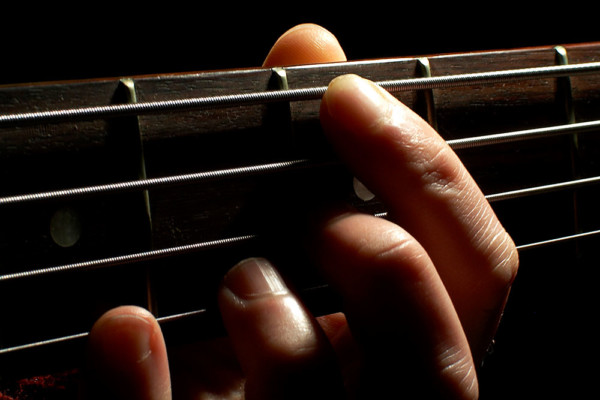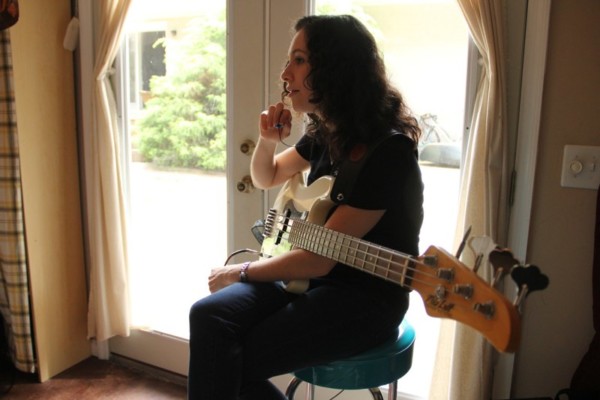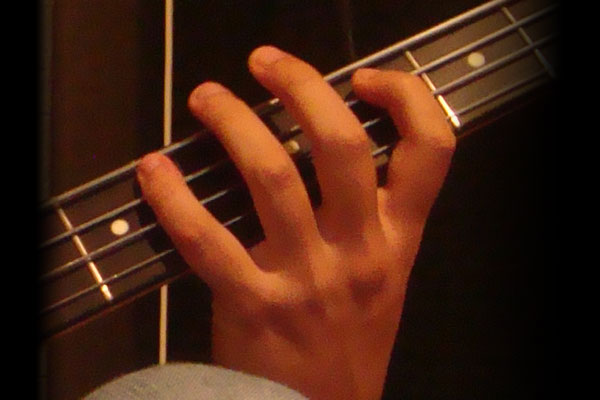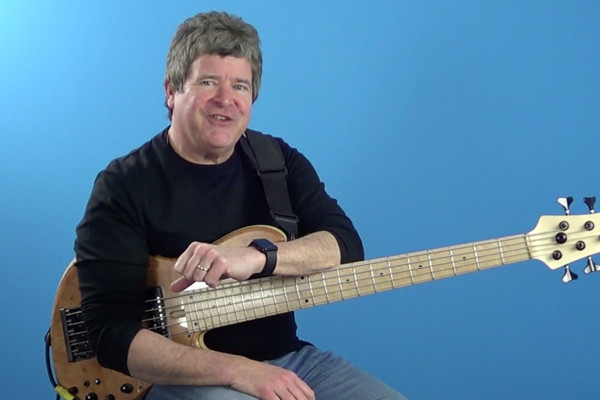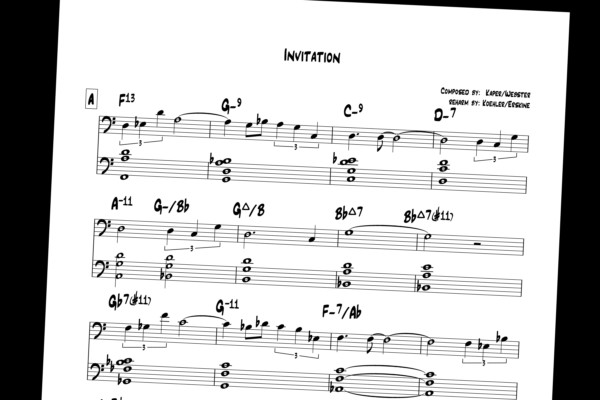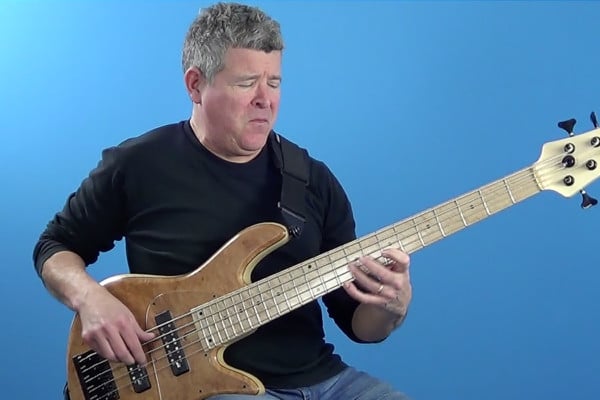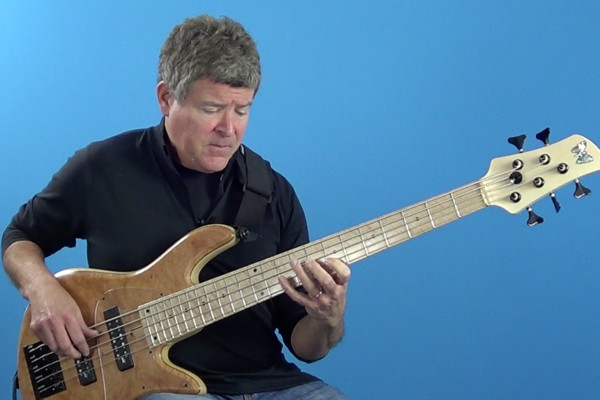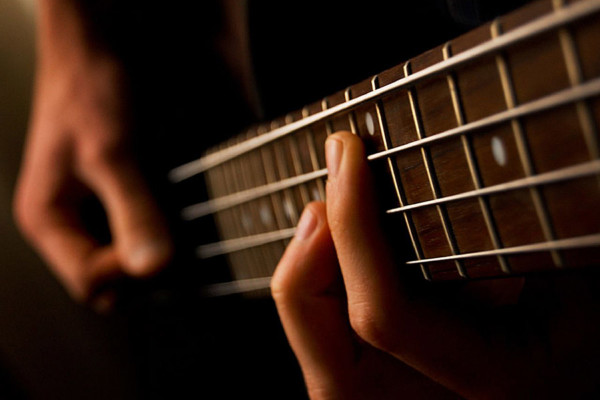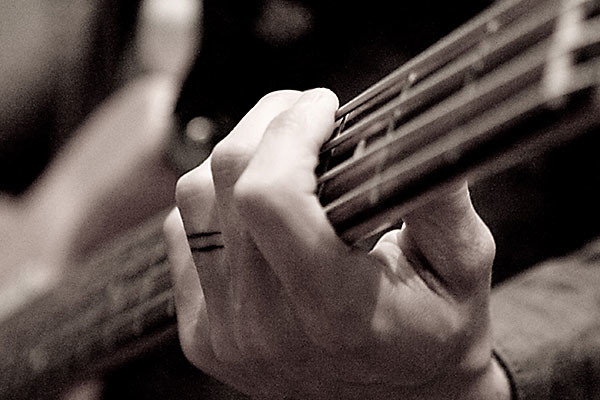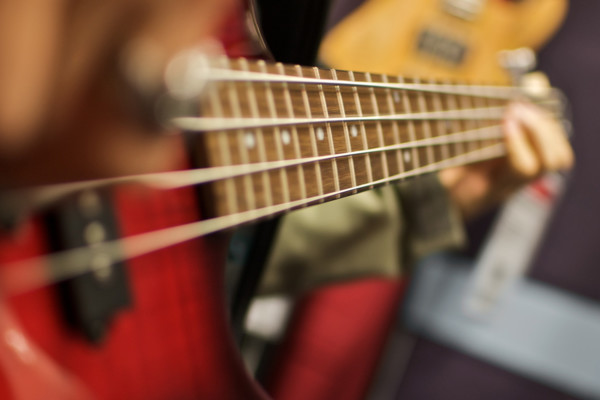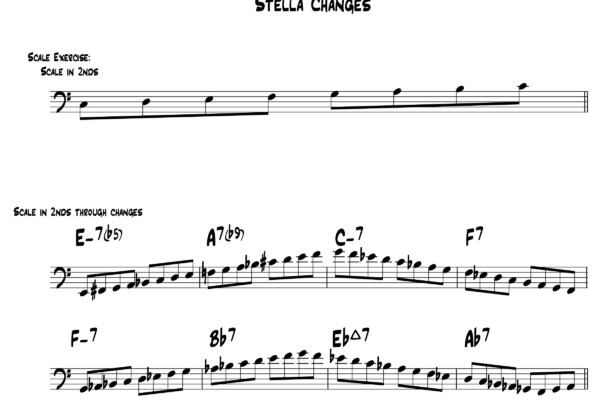Chord Changes Archives - Page 2
Playing Outside the Harmony
I often get the question about how to play “outside” the changes. There’s no easy answer to this, but I do have several tips to keep in mind. This week I made a video to dig into how to create tension and release by playing outside of the harmony.
What Scales Do I Use Over a Minor ii-V Progression?
Q: I have a question about minor ii-V’s. In a major ii-V7-I progression, each chord is diatonic to the I chord. The ii chord is Dorian, the V chord is Mixolydian and it resolves to a Major tonic. In a minor ii-V, the 1 would be natural minor, which makes the ii chord Locrian (7th degree of the major scale)...
The Lightbulb Moment: Key Change!
There comes a time in every player’s life when we listen to a song and are able to identify a perfectly executed lift in tonal center. The energy heightens, the chorus takes on a slightly new character, and the band keeps grooving with a new sense of intention. This extraordinary moment can only be one thing: a key change. Take...
Getting Away from Playing the Root on Beat One
Q: I play mostly jazz and am a pretty facile walker, but I’ve gotten into the habit of playing lines that almost invariably lead to the root being on the 1 (or the 3 if it’s a 2-chord measure in 4/4, etc.). While I am guessing that some of the folks I play with don’t mind the solid anchor, I...
Advanced Bass: Giant Steps Plays the Blues
“Giant Steps” is well known as a challenging workout for all aspiring jazz musicians to learn. In this lesson, we’ll cover how to superimpose “Coltrane Changes” over the first 4-bars of the Blues with a fingerboard friendly symmetrical pattern that will open doors – both harmonically and stylistically into the world of John Coltrane. Download the transcription for this lesson...
How to Reharmonize a Song
Q: I’ve heard jazz musicians talk about “reharms”, which are just reharmonization of a song (or so I’m told). Can you explain how to “reharmonize” a song? A: There was a time where I was also mystified by whatever the process of reharmonizing a tune might be. I figured that it must require some deep, deep level of understanding of...
Advanced Bass: Playing over Minor II V Patterns
In this Advanced Bass lesson, we’re diving into the realm of playing over minor II V patterns. I’m including a solo etude along with two skill developing drills as we work step by step through a common chord progression. This lesson includes an easy to follow chart (PDF) detailing the specifics of this lesson providing you with a valuable resource...
Advanced Bass: Diminished II V Substitution
A cool harmonic concept that bebop players have used for years is substituting dominant 7th chords – built in minor 3rds – over the V7 chord of the key. In this lesson, we’ll cover this concept to learn the possibilities of Diminished II V chord substitution over the II V I progression. Follow along with the video, and be sure...
Where to Use Whole Tone and Other Scales
Q: So, do you play whole tone scales over the ?5, and altered scales over the dominant chords. Major chords – do use use whole tone? Minor scales – do use use dorian? or a jazz minor? A: Much of what goes into deciding what scale to use over any given chord is all about the context (what chords are...
Quickly Figuring Out Available Notes For Given Chord Types
Q: I’ve been trying to learn how to figure out what notes are available for any given chord type. I’ve read columns here (yours are very helpful), Googled it, bought books… I just seem to get more confused at every turn. Once I think I’ve got it, I’ve lost it. Do you have any quick and dirty tricks for remembering...
Thinking In Modes or Scales and Constructing Bass Lines
Q: I’ve been trying to learn how to play over the changes, but I’m super confused about one particular aspect: I don’t know I should think of scales. For example when I’m playing over a G dominant chord, should I think G mixolydian or should I think fifth mode of the C major scale? In other words, should I treat...
Exploring New Ways to Practice Chord Changes on Bass
Q: I was wondering if you had any new ways of practicing playing through changes? I have been working on my arpeggios and modes but feel like I’m just hitting a wall. A: I don’t know if this counts as a new way of playing through changes, but there are an endless number of options available to you. So many...
